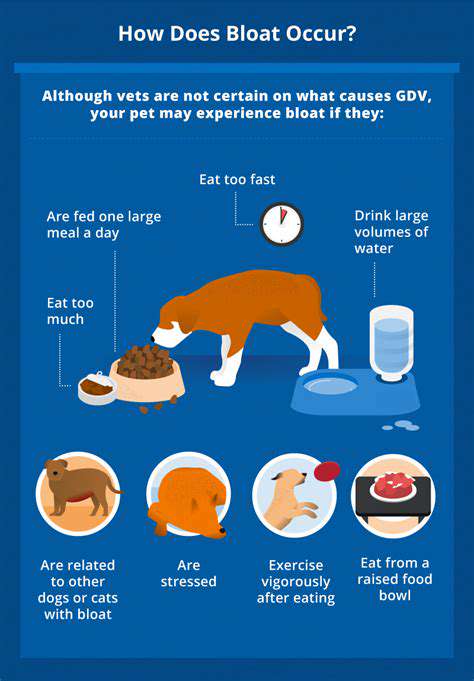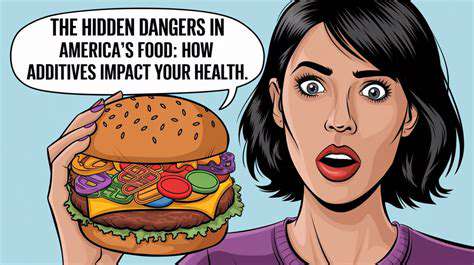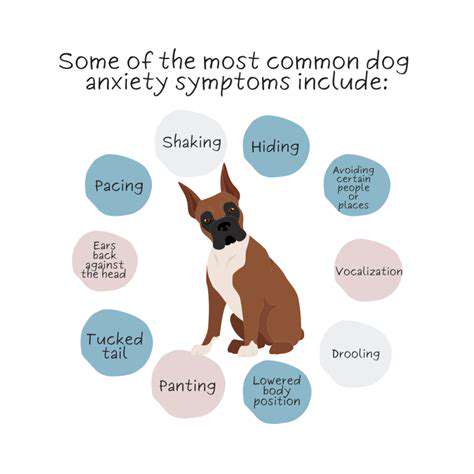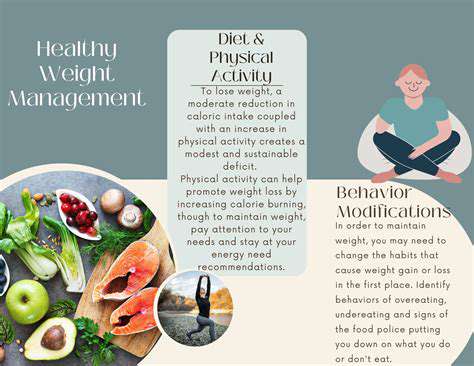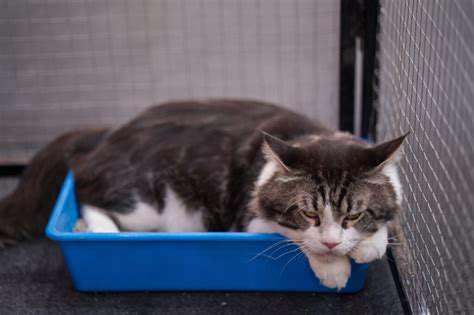Homemade Cat Food Recipes for a Healthier Feline
Ingredient Sourcing and Safety
The quality of ingredients directly impacts your cat's wellbeing. Seek out human-grade meats from reputable butchers rather than supermarket mystery meat. For vegetables (which should only comprise about 10% of the diet), organic is preferable to avoid pesticide residues. Never use onions, garlic, grapes, or chocolate - these are toxic to cats.
Food safety protocols are non-negotiable. Designate specific cutting boards and utensils for cat food preparation. All meats should be frozen for at least 3 days at -4°F (-20°C) to kill potential parasites before preparation. When introducing new proteins, start with teaspoon-sized portions and monitor for 48 hours for any digestive upset or allergic reactions.
Cooking Methods and Temperatures
Different proteins require different handling. Chicken and turkey should reach 165°F (74°C) internally, while beef can be served slightly rare at 145°F (63°C). Never feed raw fish - it contains thiaminase which destroys vitamin B1. For vegetables, light steaming increases digestibility without destroying nutrients. Invest in a quality food thermometer and calibrate it monthly for accuracy.
Portion Control and Feeding Schedule
Adult cats typically need 20-30 calories per pound daily, but this varies dramatically. A 15-pound sedentary cat might need just 200 calories, while an active 8-pound cat could require 240. Use a kitchen scale for precision - eyeballing leads to obesity. Most cats thrive on two measured meals per day, but kittens and seniors may need three or four smaller portions.
Ingredient Variety and Rotation
Rotate between 3-4 protein sources weekly to prevent deficiencies and food sensitivities. A sample rotation might be: chicken (Monday-Wednesday), rabbit (Thursday-Friday), beef (Saturday-Sunday). Organ meats should constitute about 10% of the total diet - too much liver causes vitamin A toxicity. Introduce new proteins gradually, mixing 25% new with 75% familiar food for several days.
Potential Risks and Veterinary Supervision
Homemade diets fail when owners rely on internet recipes instead of professional guidance. A 2019 study found 95% of online pet food recipes were nutritionally incomplete. Schedule quarterly vet visits for weight checks and bloodwork when starting homemade food. Warning signs like dull coat, lethargy, or changes in litter box habits require immediate veterinary attention.
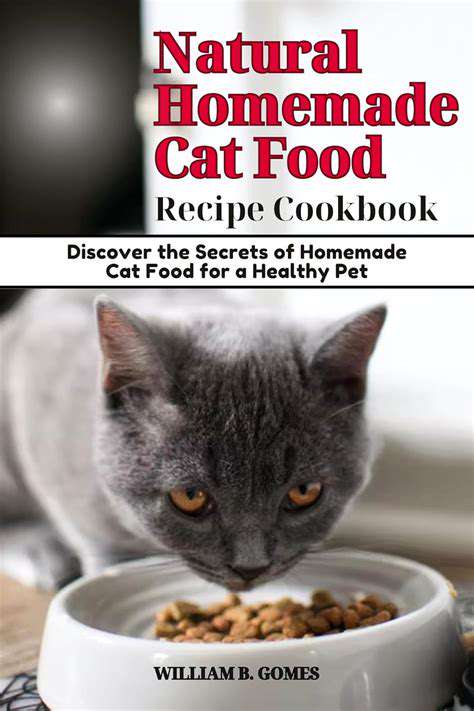
Avoiding Common Mistakes in Homemade Cat Food

Nutritional Imbalances
The most dangerous mistake is assuming natural equals complete. Cats require precise calcium:phosphorus ratios (about 1.2:1) that most homemade recipes get wrong. Without proper bone content or supplements, cats develop metabolic bone disease. Many owners overlook essential nutrients like arachidonic acid (found only in animal fat) or vitamin D3 (which cats can't synthesize from sunlight).
Improper Food Handling
Cross-contamination causes more health issues than nutritional deficiencies. Never store cat food in the same container as human food, even in the refrigerator. Use glass or stainless steel containers instead of plastic, which harbors bacteria. Prepared food stays fresh for 72 hours max in the fridge, or 3 months in the freezer in portion-sized containers.
Over-Supplementation
Well-meaning owners often add dangerous amounts of supplements. Vitamin D toxicity is particularly common and can be fatal. Never add human supplements without veterinary guidance. If using a premix, choose one specifically formulated for cats by a veterinary nutrition company, and measure precisely with a microgram scale.
Texture Issues
Cats are notoriously texture-sensitive. Some refuse chunky food while others reject purees. The ideal consistency mimics prey - slightly chunky with some chew. For finicky eaters, try different preparations: shredded, ground, or pâté-style. Warming food to body temperature (about 101°F/38°C) enhances aroma and acceptance.
Important Considerations for Long-Term Homemade Cat Food Feeding
Comprehensive Nutritional Analysis
Work with your veterinarian to run annual blood panels checking: complete blood count, kidney values, liver enzymes, taurine levels, and vitamin/mineral status. Early detection of imbalances prevents irreversible damage. Keep detailed feeding records including exact recipes, portions, and your cat's reactions.
Life Stage Adjustments
Kittens need nearly triple the calories per pound compared to adults, with higher protein (40% vs 30%). Seniors often require reduced phosphorus to protect aging kidneys. Pregnant/nursing cats need 2-4 times their normal calories. Every life transition warrants recipe reevaluation with your veterinary team.
Emergency Preparedness
Maintain a 2-week supply of commercial canned food for emergencies. Power outages or personal illness shouldn't force rushed dietary changes. Rotate this emergency stash every 6 months. Consider freeze-dried raw as a shelf-stable backup option.
Cost Realities
Proper homemade feeding often costs more than premium commercial foods. Budget $3-$8 per day depending on protein sources. Buying whole animals (like rabbits) from ethical farms can reduce costs. Some veterinary schools offer affordable nutrition consultations for budget-conscious owners.
Transition Strategies
Switch diets gradually over 2-3 weeks: start with 25% new food mixed with 75% old. Adding digestive enzymes or probiotics eases the transition. Expect some stool changes during adaptation. If diarrhea persists beyond 5 days, slow the transition or consult your vet.
